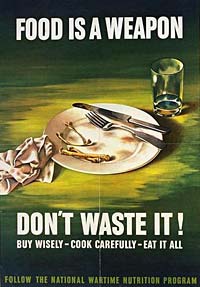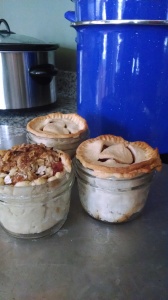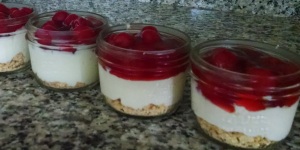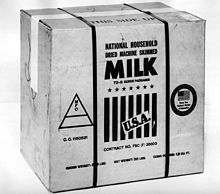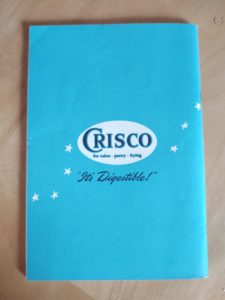
It’s time to talk about Crisco. And the conversation starts with — What the heck is it?
Crisco was the first shortening to be made entirely of vegetable oil (cottonseed) in 1911 by Procter & Gamble. The original intent of the chemists behind Crisco was to find alternate uses for cottonseed oil as the demand of candles and soap, its primary output, was diminishing. Until that time alternatives included lard and butter.
Lard had taken a bad rap in 1906 when Upton Sinclair wrote a novel called The Jungle which told a quite memorable story about where lard comes from. (For a wonderful NPR telling of lard’s history, listen here: NPR’s Planet Money January 6, 2012 podcast
Butter was very time-consuming to churn, expensive to buy, and during WWII was hard to find or highly rationed.
The vegetarian answer to a demand ahead of its time was Crisco. It was not only revolutionary in its creation, but it was also revolutionary in its marketing. It was one of the original brand managed products with catchy radio ad jingles and radio show endorsements. It had a marketing slogan – “It’s digestible!”
But is it really? It’s made of 100% fat (with no water) so Crisco allows steam to form during the baking process, which leads to more tender baked goods overall. It has a higher melting point, so pastry crusts stand taller and retain their shape. It can be easier to work with and has a longer shelf life than butter.
The modern Crisco is not the same as the original version – not even close. What we learned in the 1990’s about trans fats and the bad news behind it, forced J.M. Smucker (today’s manufacturer) to re-engineer the process of making Crisco to eliminate almost all trans-fat in the product and to use soybean oil or a combination of cottonseed and soybean oil in its creation. And remember, it originated as an experiment in soap making!
Whether you decide to include Crisco today in your diet or not, it is hard to avoid in my WWII kitchen.
Aside from a full myriad of recipes from Crisco’s Famous White Layer Cake to Soybean Chop Suey in my Recipes for Good Eating cookbook, printed by The Procter & Gamble Company in 1945 for the exclusive marketing of Crisco, I also have quite a few leaflet recipes endorsed by Mary King, spokesperson for King Midas Flour. This one for Peanut Butter Crisps was edible…and digestible.
Mary King’s Peanut Butter Crisps
Sift together… 1 ½ cups King Midas Enriched Flour
½ cup sugar
1 teaspoon baking powder
½ teaspoon soda
½ teaspoon salt
Blend in… 1/2 cup vegetable shortening, room temperature
½ cup chunk style peanut butter
½ cup brown sugar
1 teaspoon vanilla
2 eggs
1 cup quick rolled oats
Drop… by teaspoonfuls onto greased cookie sheet
Bake… at 375° F for 10 to 12 minutes. Makes about 4 dozen cookies.
NOTE… If desired, dough may be chilled and used as needed.
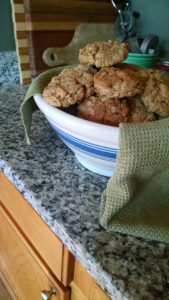


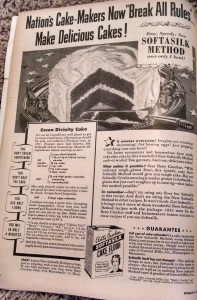
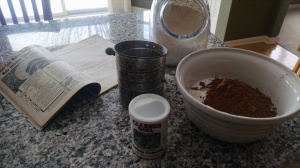
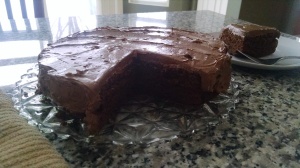

![IMG_20151125_102713236[1]](https://www.thewarinmykitchen.com/wp-content/uploads/2015/11/IMG_20151125_1027132361-168x300.jpg)

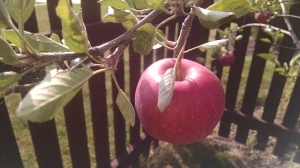
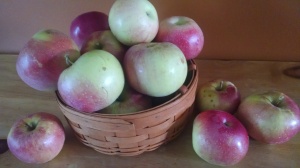
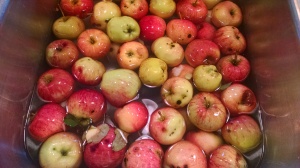
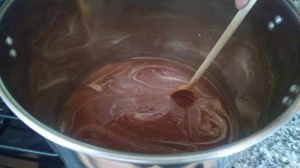
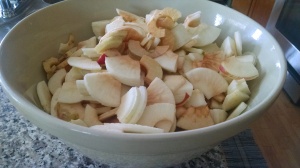
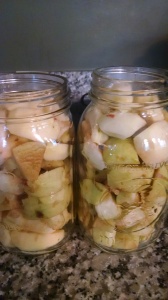
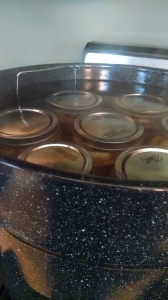
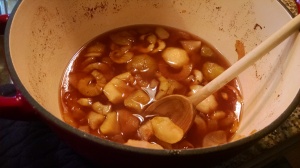

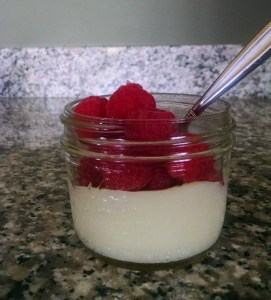
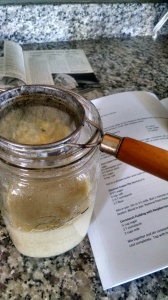

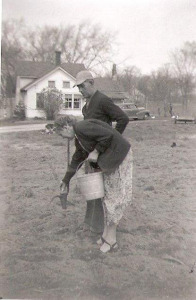
![IMG_20150405_210119642[1]](https://www.thewarinmykitchen.com/wp-content/uploads/2015/04/IMG_20150405_2101196421-300x168.jpg)
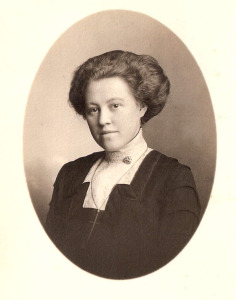

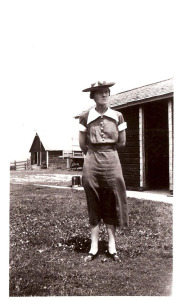
![IMG_20150330_181404770[1]](https://www.thewarinmykitchen.com/wp-content/uploads/2015/03/IMG_20150330_1814047701-300x168.jpg)
